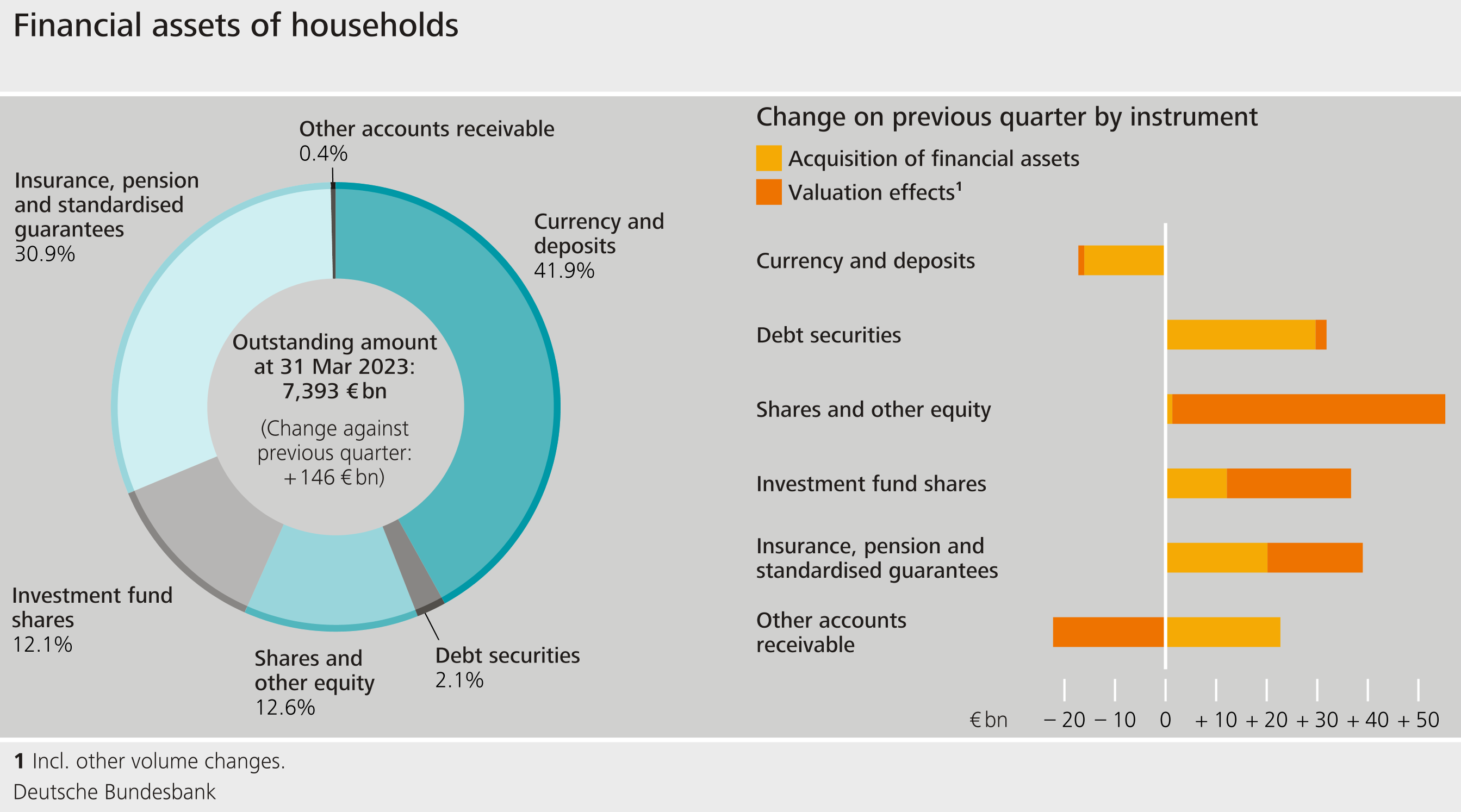Making progress in financial inclusion
Inclusive finance is an important part of impact investment – one that has the potential to improve the lives of many millions of people across the world who are underserved by the finance industry.
The increasingly digital delivery of financial services is accelerating the progress towards meeting important development targets, with the UN acknowledging the positive role it can play in promoting Sustainable Development Goals – such as reducing poverty, promoting gender equality, and fostering economic growth1.
The growing penetration of smartphones in emerging markets has played a major role in broadening the accessibility of loans, payments, and investment products. But in Asia, there is still much work to be done. In Southeast Asia for example, more than six in ten people are unbanked or underbanked2.
How the financial services industry is innovating to promote financial inclusion was the topic of a panel discussion during the Global Impact Investing Network (GIIN) conference: “Navigating the Future of Impact Investing in Asia”, which was co-organised with the Financial Services Development Council (FSDC).

A broad asset class with an impact
From a portfolio standpoint, financial inclusion is an attractive investment theme that can be pursued via a range of asset classes. Microfinance is already an established field that creates opportunities in private credit, or even private equity. The increased use of digital finance creates openings in FinTech.
At the same time, all these investments can provide positive social outcomes that can be accurately measured.
“Investment in financial inclusion has a multiplier effect that is very visible,” said Stephanie Choi, Sustainable and Impact Investing Strategist, UBS. “They generate financial returns because of social outcomes that have been achieved directly as a result of the investment, instead of as a coincidental outcome.”
The financial inclusion investment pool is now large enough to allow fine-grained thematic approaches, allowing investors to have highly targeted strategies that pinpoint particular social problems. One popular theme is to invest in projects that help extend credit to small and medium-sized businesses owned by women.
“The breadth and scope of investing in financial inclusion is the potential for diversification. From an investment perspective, this is particularly attractive,” said Danny Howell, Chief Executive Officer, Asia, Mikro Kapital Group – a Luxembourg-headquartered impact finance and microfinance company that invests in emerging markets.
Mr. Howell also highlighted the hands-on nature of microfinance investments. Mikro Kapital's fund invests in Silk Road countries, and has over 3,000 employees in the group who live and work within the communities they lend into, and oversee the lending process end-to-end, acting as business coaches to the entrepreneurs they lend to, as well as credit officers for the group. This highly managed process makes investors more comfortable when they invest into microfinance, as the lending is controlled and highly responsible.
The role of FinTech
Innovations in financial inclusion allow investors to think beyond the traditional categories of debt and equity. Micro Connect is a startup that connects global capital to the bedrock of China’s real economy – namely micro and small businesses.
It is a financial market platform that offers a new asset class, Daily Revenue Contracts, which provides diversified exposure to transparent cash flows from an enormous number of shops in China. So far, the company has invested in more than 2,400 stores, 169 brands, in 166 cities3.
“China today presents everybody with a golden opportunity to penetrate China’s real economy, because now we are able to make investments and collect returns literally every day at the level of an individual shop,” said Charles Li, Founder and Chairman at Micro Connect.
Often, the progress of FinTech enterprises is measured by their ability to employ technology. But it is important for them to remain true to the principles of financial inclusion by creating solutions that meet the demands of the underbanked.
One area where progress can be made is by better serving women, who for many reasons are more likely to be financially excluded than men. For example, there are often cultural constraints, a lack of collateral, and more work that is outside of the formal sector.
FinTech is a male-dominated industry, and this is reflected in some of the products that the sector produces, said Ralitsa Rizvanolli, Partner, Head of Investments, Sarona Asset Management – a private investment firm that invests in growth capital companies and private equity funds in global growth markets.
Sarona is working with its partners to help them better understand the role of gender in their offering. For example, by taking into account that women are typically better at repaying loans than men.
“We are helping our partners make incremental changes by giving them advisory services and technical assistance to look at their products and see what they are missing out on by not considering the gender aspects of their products,” said Ms. Rizvanolli.
This holistic approach is characteristic of how investing in inclusive finance has matured into an area that takes into account the full range of material aspects of an investment. This also includes the greater use of technology and data to ensure that capital is used effectively as possible by the broadest range of unbanked people. With these strong foundations, investing in financial inclusion will continue to have a significant impact in the coming years.






















































First, please LoginComment After ~